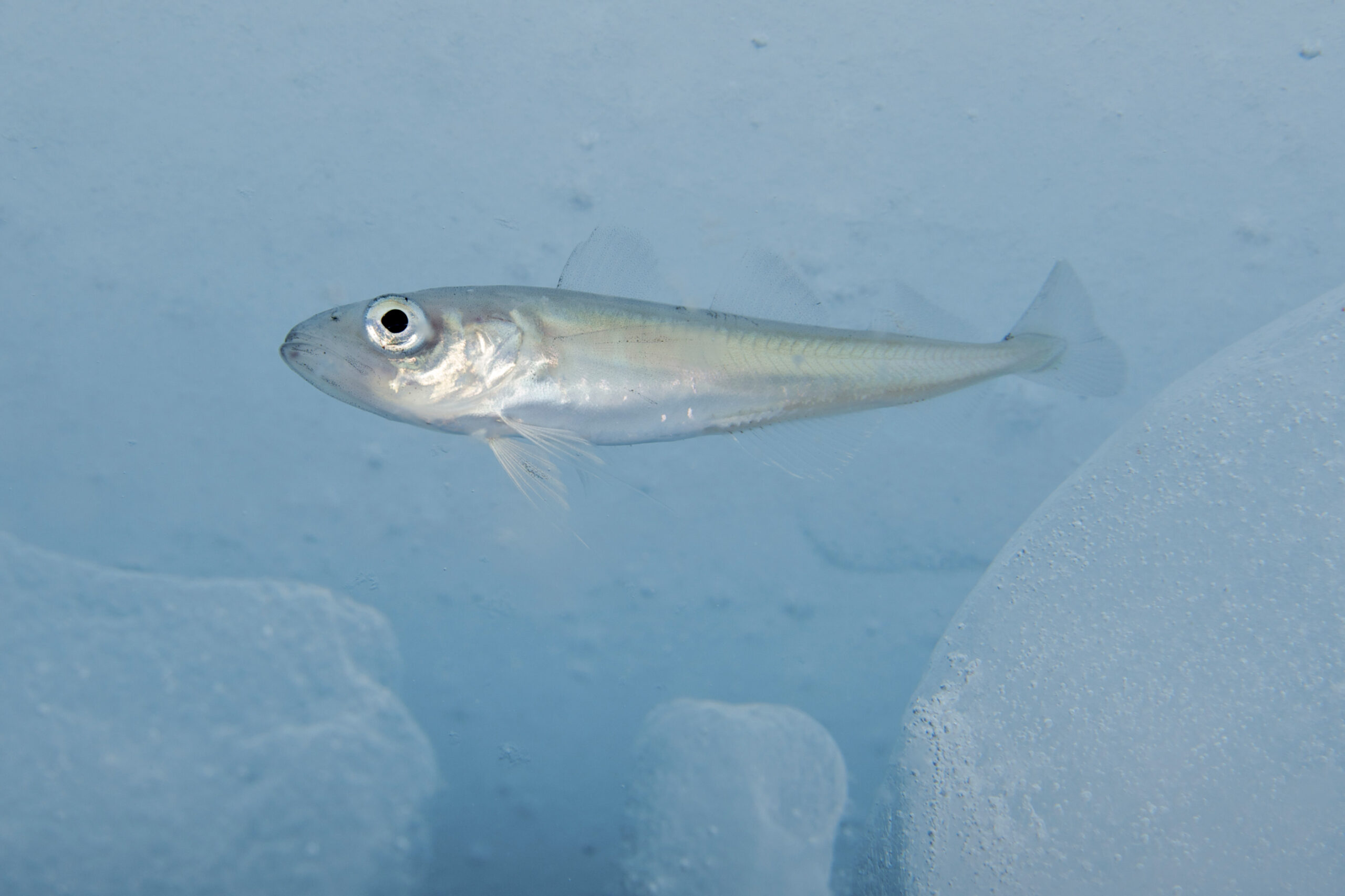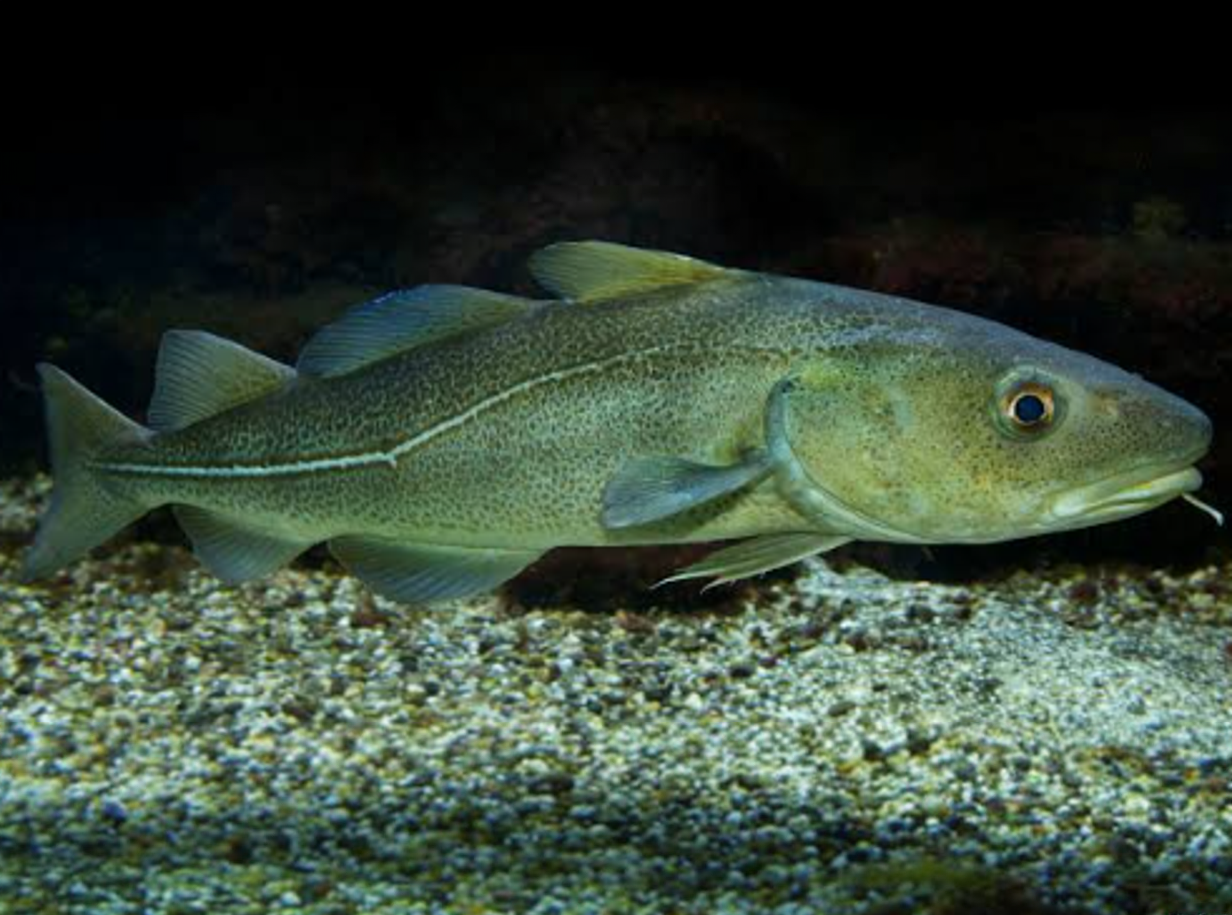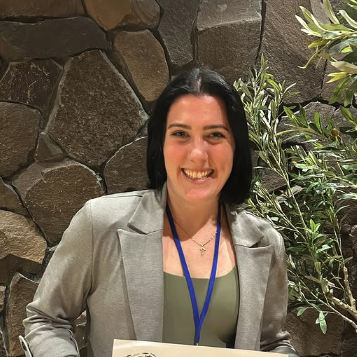In the Arctic waters of Alaska, the Arctic cod (Boreogadus saida) is a pivotal species, serving as essential prey for seabirds, fish, and marine mammals, many of which hold significance for Inuit communities. The Arctic is undergoing dramatic environmental changes due to climate change, potentially impacting the distribution, spawning time, and habitats of fishes like the Arctic cod. Understanding these shifts is crucial for ecosystem sustainability and informed fisheries management. In this study, the recording included Arctic cod’s vocalizations, specifically grunts consisting of 6 to 12 pulses, with an average duration of 289±13 ms. The frequency of these calls ranges between 59 and 234 Hz, with an average peak frequency of 107 Hz.


Researchers from the University of Victoria and Hatfield Marine Science Center have collected a year’s worth of passive acoustic data from captive Arctic cod to study their vocalizations. This extensive dataset includes recordings from three different tanks – male, female, and mixed groups. However, the sheer volume of data, most of which remains unannotated, makes manual analysis hard work. Annotations are in the first five minutes of every hour (based on preprocessing). An efficient, automated solution is required to uncover temporal and seasonal patterns in Arctic cod vocalizations.
Deep Voice has developed an automated detector specifically designed to analyze Arctic cod vocalizations. This innovative tool enables researchers to efficiently process the extensive acoustic data, uncovering key insights into the distribution, spawning times, and behaviors of Arctic cod throughout the year. Preliminary performance metrics indicate a recall of approximately 0.7 and a precision of around 0.4, with ongoing efforts to improve these figures.

ML Researcher

Biologist